How to generate organic LinkedIn leads in 2025: Profile, Content, Outreach & Patience
This article translates that conversation into a step-by-step tutorial so you can immediately apply the recommendations to your profile, content, outreach and measurement. Read on to Learn how to position yourself, create purposeful content, and build trust with prospects so leads start finding you.
Step 1: Learn how to optimize your LinkedIn profile (the foundation)
Your profile is the single most important asset on LinkedIn. It creates the first impression and directly affects whether people will click, follow, message you or move on. You should treat your profile as a landing page with a clear conversion goal: book a call, visit your website, subscribe, or request more info.
Start by auditing the visible elements people see without scrolling: your profile picture, banner, and headline.
Profile picture: Use a vibrant, eye-catching image that shows a real person. Avoid bland stock photos or overly generic AI headshots.
Banner (cover image): Translate a simple, single main message: who you help and what result you deliver. You can show logos of well-known clients or a short mission statement—keep it readable on desktop and mobile.
Headline: This is a hook and a critical SEO element. Include keywords you want to be found for (roles, specializations) and a clear value statement. A well-crafted headline improves your LinkedIn SEO and visibility.
In your About section, stop pitching service lists. Instead tell your story and answer three questions a visitor is silently asking: Can I trust you? Can I connect with you? How can I benefit? Be personal—write in first person and let your humanity show.
Use the Features section for quick conversions: add your best posts, a Calendly link, a case study PDF or client testimonials. In Experience, keep each role concise—key responsibilities and achievements only. Ask for recommendations: even one or two short endorsements from investors or partners provides social proof.
Finally, choose your top three skills carefully. These are the core keywords that represent your expertise and influence ranking and discoverability. Your goal with the profile is simple: hook them, provide social proof and direct them to a single, clear next step.
Step 2: Learn how to create purposeful content (strategic, not noisy)
Posting on LinkedIn without purpose produces noise. Before you hit publish, ask: what is the purpose of this post? Julius breaks content goals into five categories—use them as your checklist so every post does work for you.
Educate: Teach something new or share a useful framework.
Inspire: Share a perspective that uplifts or reframes an idea.
Make people think: Challenge assumptions and invite debate.
Motivate: Encourage readers to take a micro-action like commenting or connecting.
Drive action: A direct CTA for a time-sensitive opportunity (e.g., a deal closing soon).
Structure each post like this: hook → body → idea / value → CTA. Hooks can be short statements or provocative lines. The body delivers the value—tips, a process, or a short case. End with a clear CTA that matches the post purpose.
Preferred content formats in 2025:
Photos/visuals with people: Authentic photos of you or your team perform strongly—avoid obviously AI-created images.
Infographics: Use these to simplify complex topics.
Carousels: Slide posts that teach a process or list steps work well for step-by-step guidance.
Video: Still useful but has become less reliably viral—use it when it adds unique value.
Content funnel strategy: think in three phases—interest (top of funnel), attract (middle), convert (bottom).
Top of funnel (interest): Stories, trends, and personal journey posts to build awareness. Aim for ~70% of your output when you’re just starting.
Middle of funnel (attract): More tactical, specific posts that show methods, numbers, and opinions—these build credibility and interest.
Bottom of funnel (convert): Case studies, client wins, testimonials and direct CTAs to bring deals in.
If you already have an audience but no leads, push more content into the "attract" phase with real metrics, clear methods and stronger CTAs. If you have a small number of leads, double down on conversion-focused assets.
Practical content tips you can use right away:
Repurpose existing blog posts or materials—reinterpret them for LinkedIn and add a personal angle.
Write about the same trending topic from a unique perspective to stand out.
Share personal stories—first deals, big wins, failures—people trust humans more than brands.
Step 3: Learn how to engage, outreach and build relationships (don’t treat every interaction as a sale)
LinkedIn is built for conversations and communities. If you treat every message or comment as a sales pitch, you’ll destroy trust. Instead, focus on being useful and building relationships.
Best practices for outreach and engagement:
Be human in comments: Add value, ask questions, and encourage discussion rather than dropping links.
Use thoughtful connection messages: Short, personalized notes referencing why you’re connecting are far better than templates.
Nurture before you pitch: If someone engages with your content, respond and continue the conversation. Trust is earned.
Leverage email lists: If you have a list, offer to add engaged LinkedIn contacts to it to deepen the relationship off-platform.
Remember: people prefer to buy from people they trust. Nielsen and Forbes studies underline this—individuals and active CEOs carry high trust. Use comments, stories and DMs to build that trust over time.
Step 4: Learn how to measure success and practice patience (SSI, frequency & timing)
Check your Social Selling Index (SSI) to benchmark how well your profile and activity perform. Your SSI shows four pillars: professional brand, finding the right people, engaging with insights, and building relationships. Use it as a diagnostic, not as the only goal.
What SSI ranges generally mean for visibility:
Below 45: Visibility is lower (about -20%).
45–60: Neutral visibility.
60–75: +10% visibility.
75–90: +20% visibility.
90+: +30% visibility.
Frequency and timing recommendations:
Post 2–3 times per week as a solid baseline. If that’s too much, aim for at least once weekly—consistency beats bursts.
Best days: Tuesday, Wednesday, Thursday.
Best times: mornings usually, but afternoons can also work—test your audience.
Finally, be patient. Building a personal brand and converting it into leads is a long-term game. Keep iterating, double down on what works and avoid quick-fix spammy tactics that erode trust.
Step 5: FAQ — Learn how to answer common questions
Q: How often should I update my profile?
A: Update the visible areas (banner, headline, About) immediately if they don’t reflect who you are. Revisit Experience, Features and Skills quarterly or after major wins. Use SSI as a check-in metric.
Q: What type of content gets the most engagement right now?
A: Visual posts featuring real people, informative infographics and carousels that teach a process. Video can still work but prioritize formats that communicate quickly and authentically.
Q: How do I start if I’m completely new to LinkedIn content?
A: Divide your content: 70% interest (stories, trends), 20% attract (tactics, numbers), 10% convert (testimonials, CTAs). Post 2–3 times weekly and reuse existing content from blogs or emails with personal commentary.
Q: What are the biggest mistakes to avoid?
A: Talking only about yourself, treating every conversation as a sales call, using third-person profiles, and relying solely on transactional outreach. Build human connections instead.
Q: How do I convert engagement into real leads?
A: Move interested people to a private channel—DM, email or an email list. Offer a clear, low-friction next step (a meeting link, a downloadable case study, or an invite to a webinar).
Conclusion: Learn how to turn LinkedIn activity into real business
If you follow these steps—optimize your profile, create purposeful content, engage humanly, measure using SSI, and practice patience—you will start to attract higher-quality inbound leads. Remember the data points from the session: people trust individuals over brands, thought leadership influences buying decisions, and active leadership on social platforms increases trust. Treat LinkedIn as a long-term relationship-builder and you’ll convert your personal brand into actual deal flow.
"Trust is created by humans, not brands."
If you want to get started today: update one element of your profile, plan three posts using the hook-body-CTA framework, and check your SSI to establish a baseline. Keep going—you’re playing the long game, and consistent, useful action wins.
Ready For A
New Way To Raise Capital?
© Copyright 2025. REIDOC Agency. All rights reserved.




